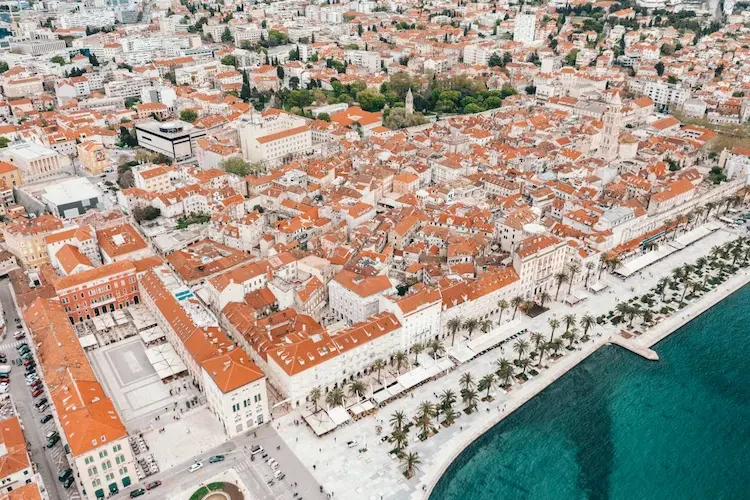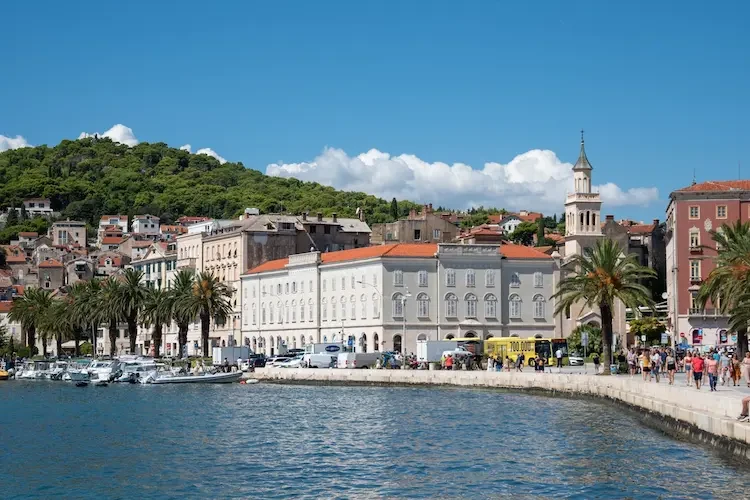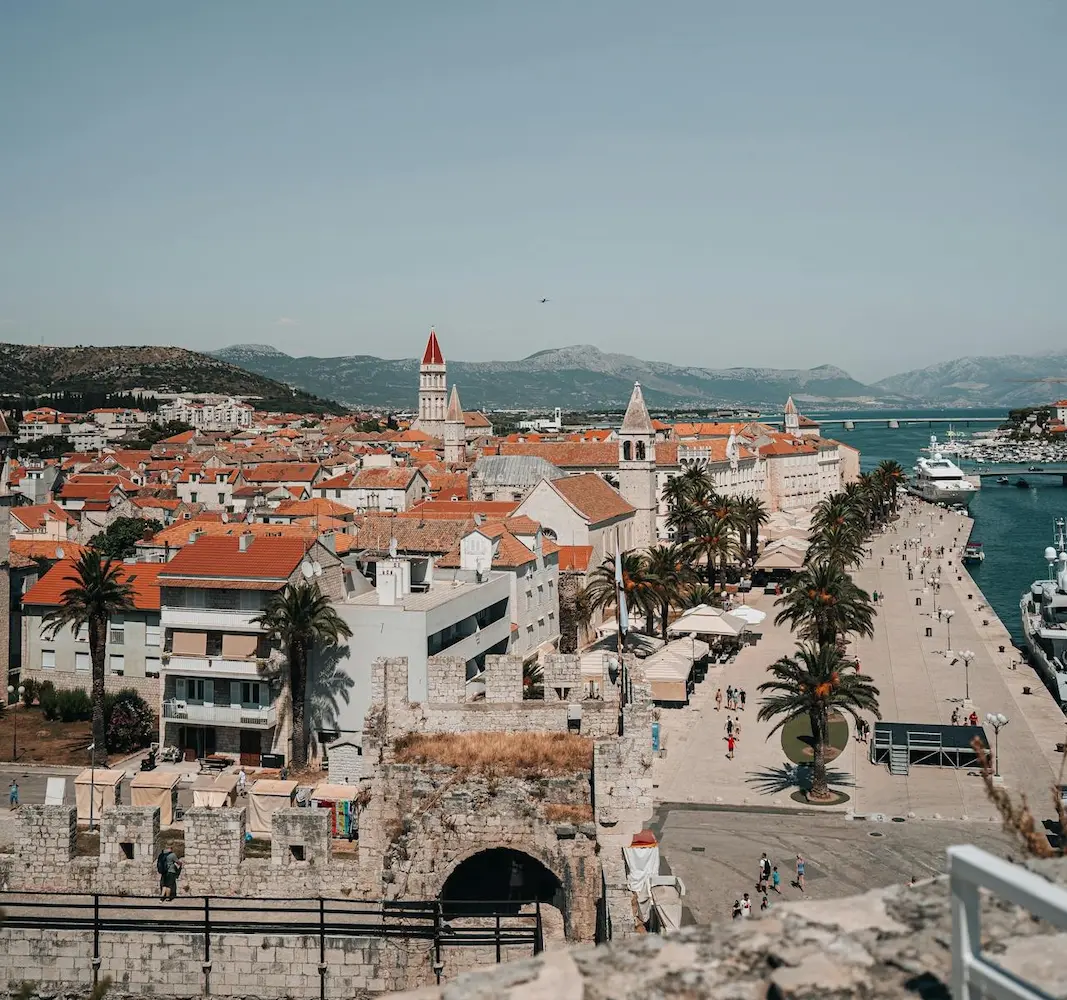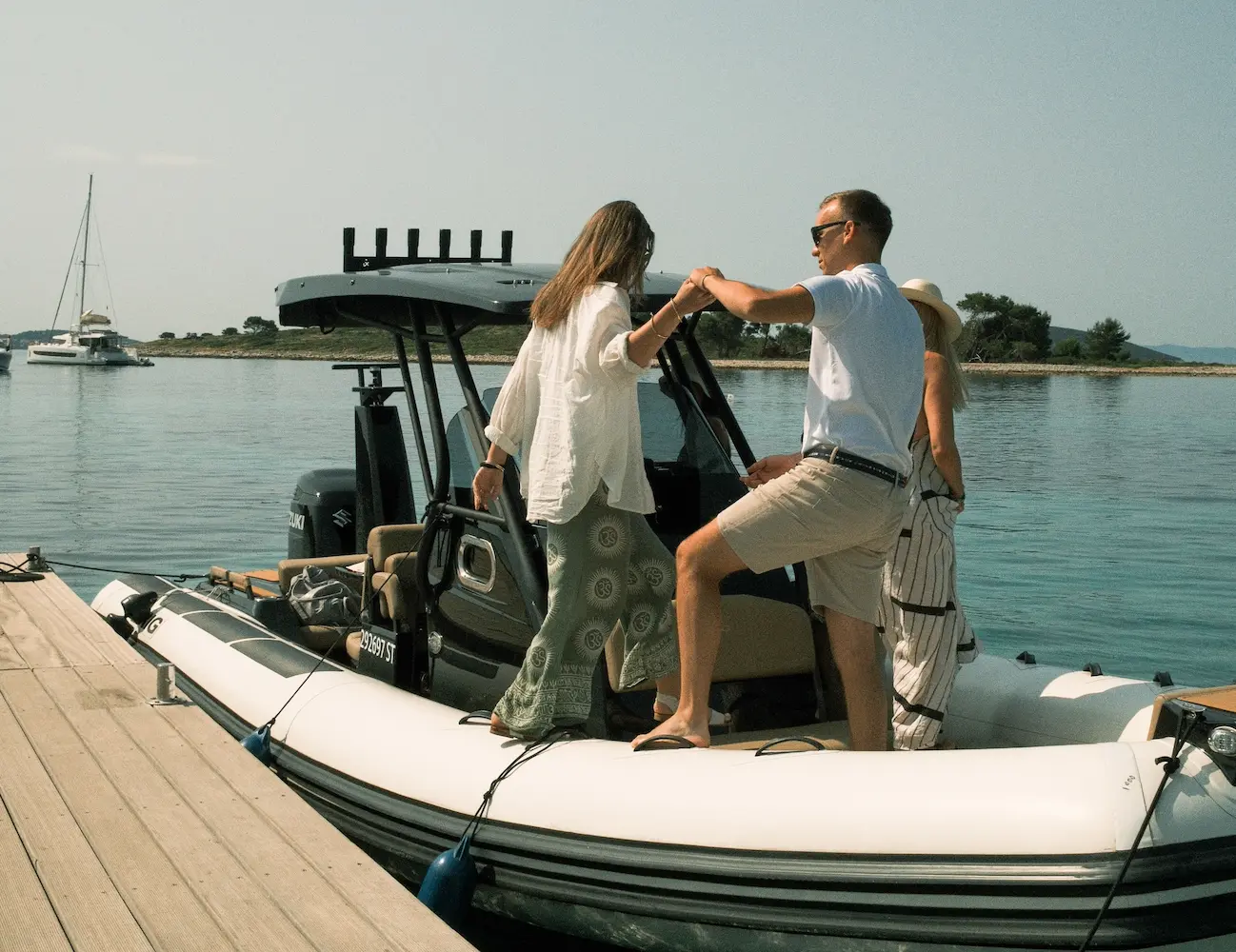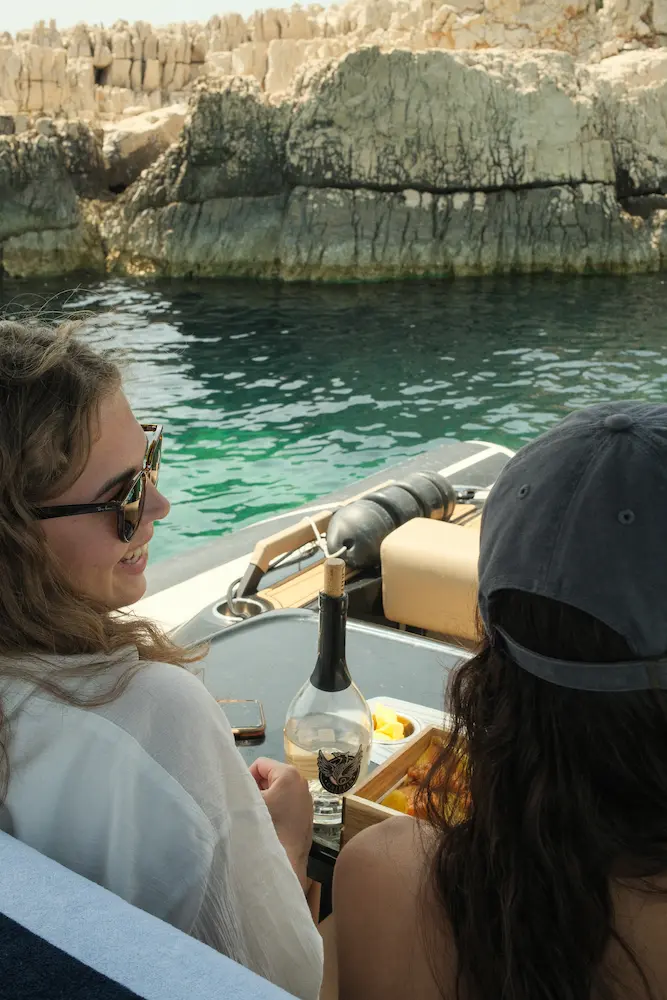Fun Facts About Split
A Living Roman Palace
Diocletian’s Palace is not just a historic site—it’s a part of everyday life in Split, with over 3,000 residents living within its ancient walls.
Game of Thrones Filming Location
Several scenes from Game of Thrones were filmed in Split, including the basements of Diocletian’s Palace, which served as Daenerys’s throne room.
Marjan Hill’s History
Often called the “lungs of Split,” Marjan Hill has been a protected green space since the Middle Ages and offers some of the best views in Dalmatia.
Picigin Tradition
Picigin, a ball game unique to Split, originated at Bačvice Beach and has become an essential part of local culture.
A City of Festivals
Split is host to many festivals and events. The Split Summer Festival features theatre and music performances, exhibitions and street theatre across the city. From film festivals to live concerts with international artists and DJs.

